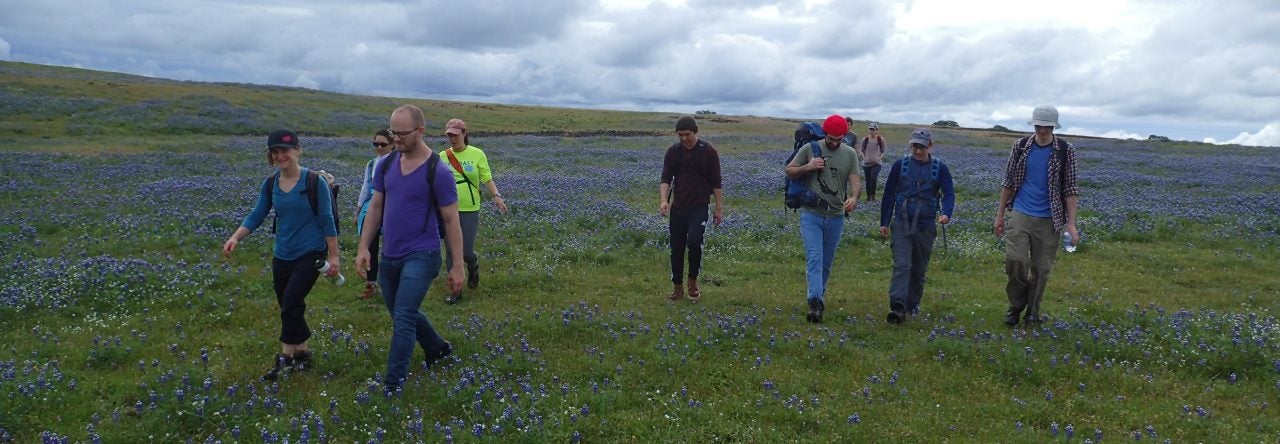Two papers in Nature Biotechnology describe massively parallel functional dissection of mammalian enhancers:
Massively parallel functional dissection of mammalian enhancers in vivo
These papers translate the good old idea of systematic structure-function analysis from proteins to regulatory sequences. The ultimate goal is to characterize the functional significance of every nucleotide position (and, ideally, their interactions) within a cis-regulatory element. Two make this happen, you need two things: the ability to generate hundreds of thousands of synthetic sequences, and the ability to analyze the output of all these sequences – and you need to accomplish both of these things in an automated, high-throughput way. That’s exactly what these folks did, in somewhat different ways. These tricks would not work for complex developmentally regulated enhancers, but it’s a good start.
